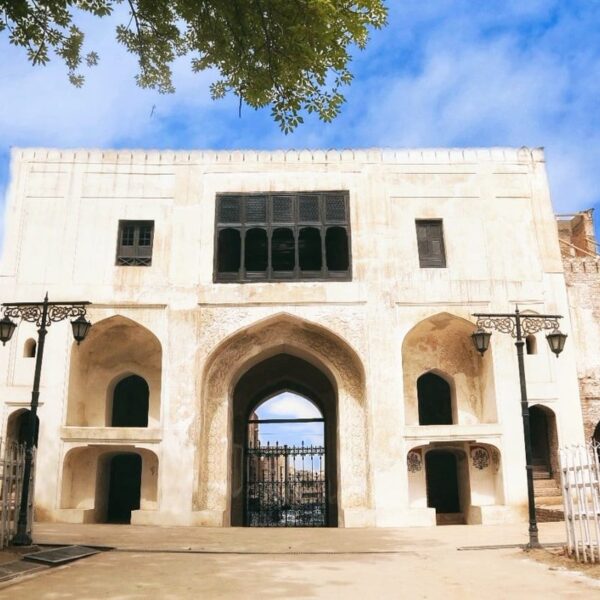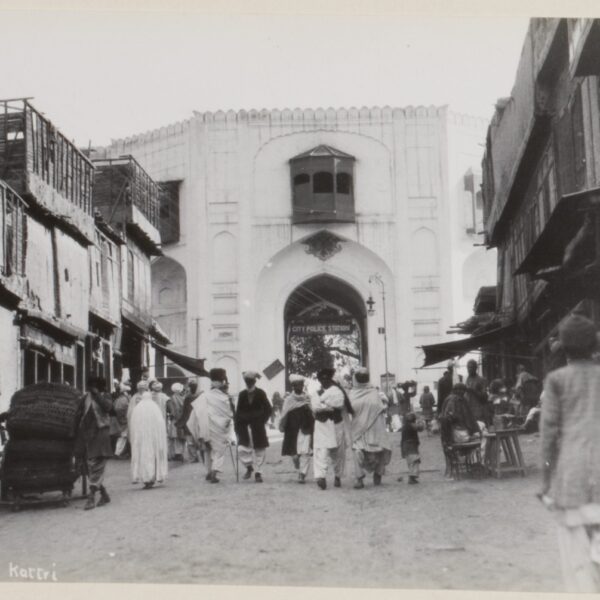Gor Khatri
Overview
Gor Khatri is an archaeological site which includes a square shaped compound that has been excavated and researched, located in Peshawar, Pakistan. In 1641, Jehan Ara Begum, daughter of Shah Jahan, built Gor Khatri and a caravanserai. Alexander Cunningham identified Gor Khatri with where Kanishka stupa initially was. Ahmad Hasan Dani further discovers that it was also where the Buddha bowl tower once stood. The celebrated Chinese pilgrim Xuanzang, who visited Gandhara in the early 7th Century CE, had paid glowing tribute to the city and the Kanishka stupa in his memoirs. He also talked about a site, which many historians argue refers to Gorkhatri where “Buddha’s giant bowl was kept”. Mughal Emperor Babar, who recorded its importance in his autobiography, visited the place in the Babur Nama In the early 16th century, Jahanara Begum, daughter of Mughal Emperor Shah Jahan, built a pavilion at the ancient site, and converted the site into a caravanserai, and named it Sarai Jahanabad. She also constructed a Jama Masjid, a sauna bath and two wells inside Sarai Jahanabad for the convenience of travelers. The Sikhs converted the site into the residence and official headquarters of their mercenary general Paolo Avitabile who was governor of Peshawar from 1838-1842. They constructed a Hindu temple for Shiva there. Prof. S.M. Jaffar, in his monumental book “Peshawar: Past and Present”, identified it with the place of Hindu pilgrimage where they performed the Sardukahr ritual (shaving off heads). Between the 1917 till 2002, Gor Khatri was used as a police headquarters and fire brigade station.
Included/Exclude
Tour Plan
Calendar & Price
General
General
General
General
General
General
General
General
General
General
General
General
General
General
General
General
General
General
General
General
General
General
General
General
General
General
General
General
General
General
General
General
General
General
General
General
General
General
General
General
General
General
General
General
General
General
General
General
General
General
General
General
General
General
General
General
General
General
General
General
General
General
General
General
General
General
General
General
General
General
General
General
General
General
General
General
General
General
General
General
General
General
General
General
General
General
Related Tours
Review Scores
Booking Tour
Last Minute Deals

Places

Travelling










